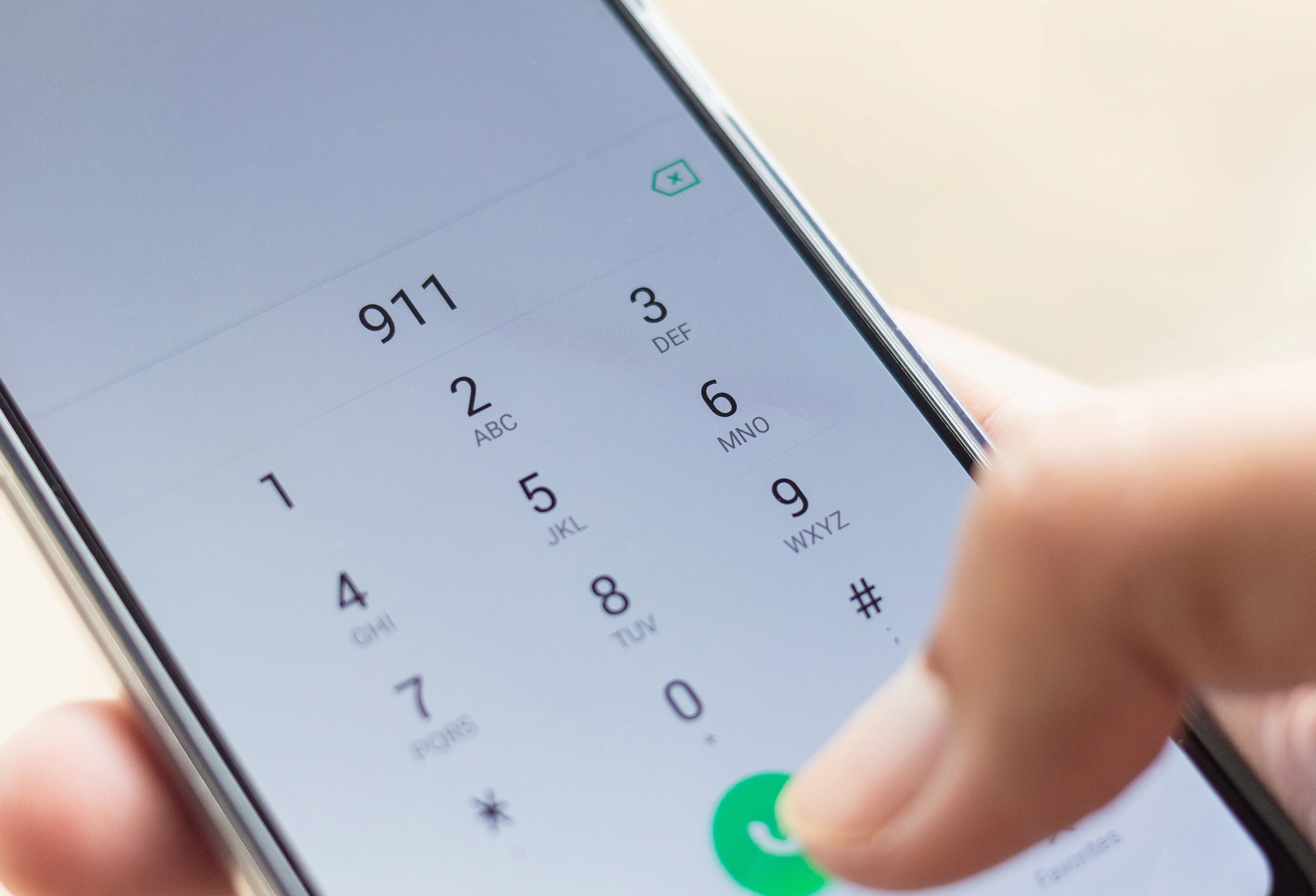Behind The Scenes Of A Heart Attack
What happens when I call 9-1-1 with symptoms of a heart attack?
Have you ever heard of door-to-balloon time? It's the critical amount of time it takes for a heart attack patient to get from an initial assessment in the Emergency Department to treatment for the attack in the cardiac catheterization lab. It should be 90 minutes or less. During this time, an accredited Chest Pain Center should begin an intricate set of steps to guide treatment once they receive their patient.
A heart attack patient’s journey first begins in the ambulance en route to the hospital, kicking off an important sequence of events:
- Electrocardiogram An electrocardiogram (a test that records the heartbeat rhythm) is performed on the way to the hospital. The results are electronically sent to the on-call emergency physician.
- The "STEMI Call" If the emergency physician determines that the patient is having a heart attack, the physician will activate a “STEMI call,” which prepares the Emergency Department and Cardiac Catheterization team for the patient’s arrival.
- Patient Stabilized After an initial evaluation by the emergency medicine physician and a cardiologist, the patient is stabilized.
- Cardiac Catheterization Lab If necessary, the patient will be transported to the Cardiac Catheterization Lab for a coronary angiography. This is a rotational X-ray that uses dye inserted through a catheter to determine if there are any blockages in the coronary arteries.
- Procedure is Performed If the cardiologist finds a blockage, a “percutaneous coronary intervention” is performed. This is a minimally invasive surgical procedure that aims to clear blockages and blood clots. A coronary stent may be placed to widen the artery.
- Patient Recovery The patient will then recover from surgery in the Cardiac Intensive Care Unit (ICU) and can usually go home a few days later.
Learn More About Heart Attack Symptoms, Safety and Prevention
- Visit the American College of Cardiology’s (ACC) Early Heart Attack Care (EHAC) to learn the early signs and symptoms of a heart attack, which differ for men and women.
- After you learn about Early Heart Attack Care, visit Hands Only CPR and learn how you may be able to save a life.
- Know your risk factors for cardiovascular disease. Visit The ACC Risk Calculator for your risk score and use that information to help jumpstart a discussion with your provider.
Always remember, Arrive Alive.Call 911. Do not drive yourself or a loved one to the Emergency Department if you are experiencing any signs of a heart attack.
If you're experiencing unusual and concerning fatigue, abdominal discomfort, chest or jaw pain, call 911 immediately. It’s your job to catch a heart attack early— EMS and the medical team will take care of the rest.
